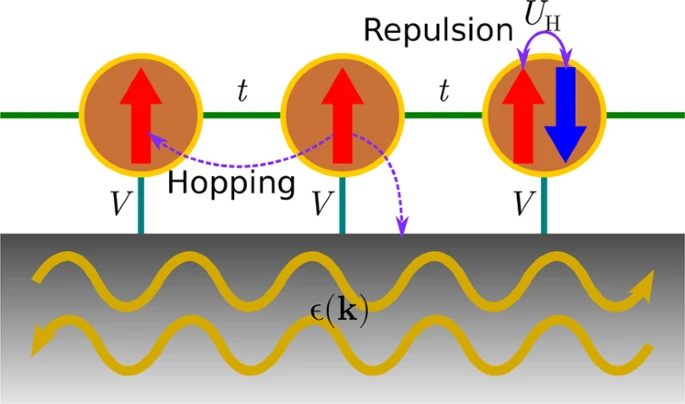Nanowerk November 9, 2022
While technological developments of 2D MOFs typically take advantage of substrates for growth, support, and electrical contacts, investigations often ignore substrates and their dramatic influence on electronic properties. Researchers in Australia have shown how substrates alter the correlated magnetic phases in Kagome MOFs using systematic density functional theory and mean-field Hubbard calculations. They demonstrated that MOF-substrate coupling, MOF-substrate charge transfer, strain, and external electric fields are key variables, activating and deactivating magnetic phases in these materials. They used the Kagome-arranged 9,10-dicyanoanthracene molecules coordinated with copper atoms as an example. According to the researchers their findings can apply to any 2D Kagome material and their work offers useful predictions for tunable interaction-induced magnetism in surface-supported 2D (metal-)organic materials, opening the door to solid-state electronic and spintronic technologies based on such systems…read more. Open Access TECHNICAL ARTICLE

Schematic representation of our physical model of emergent magnetism in substrate-supported 2D MOFs. Credit: npj Computational Materials volume 8, Article number: 227 (2022)